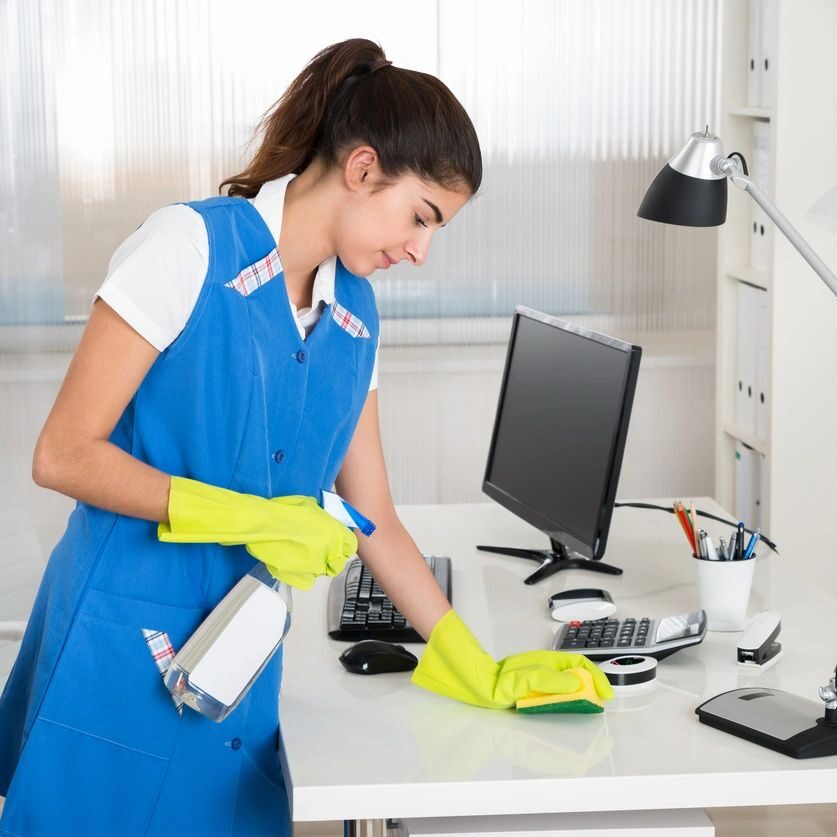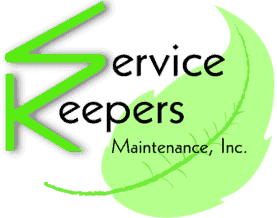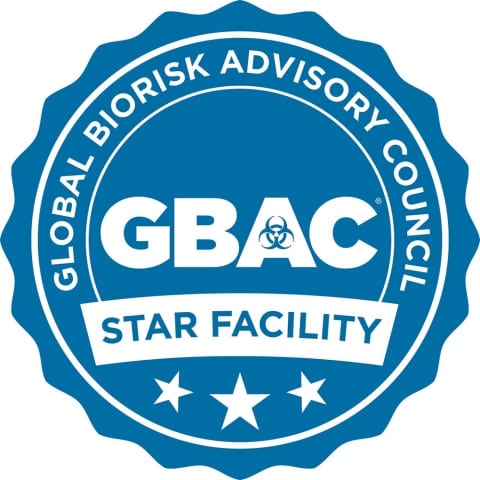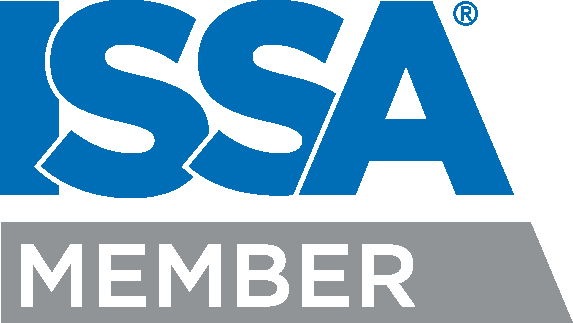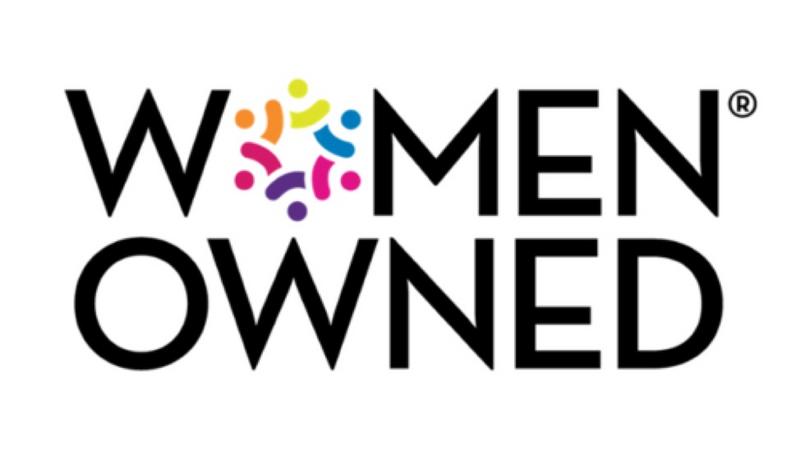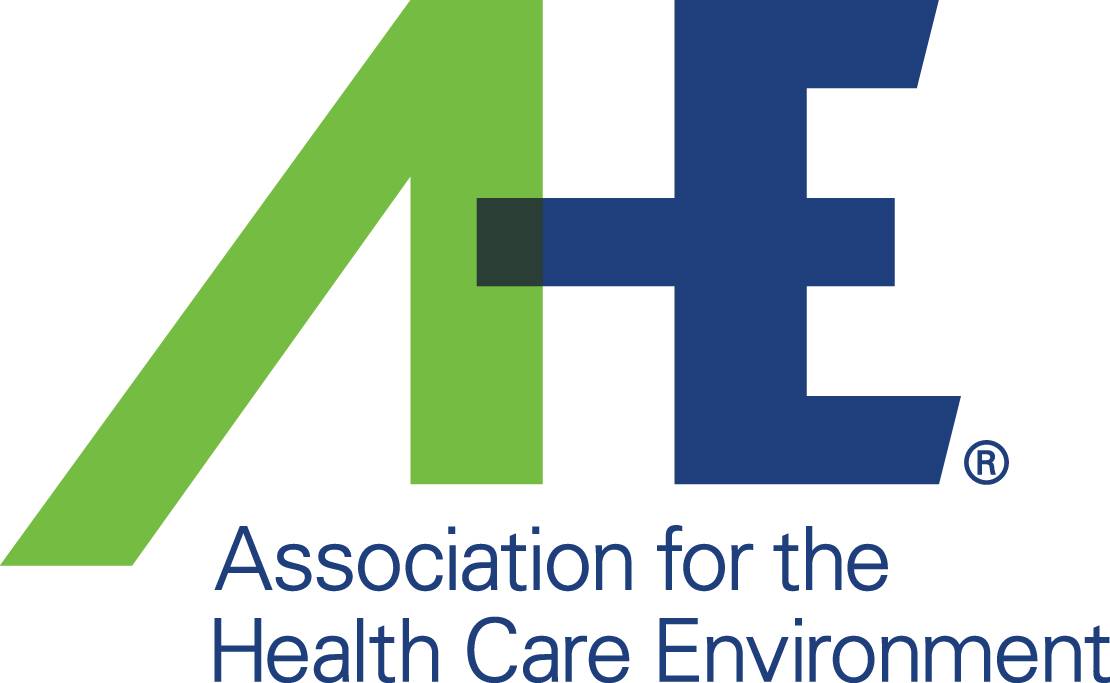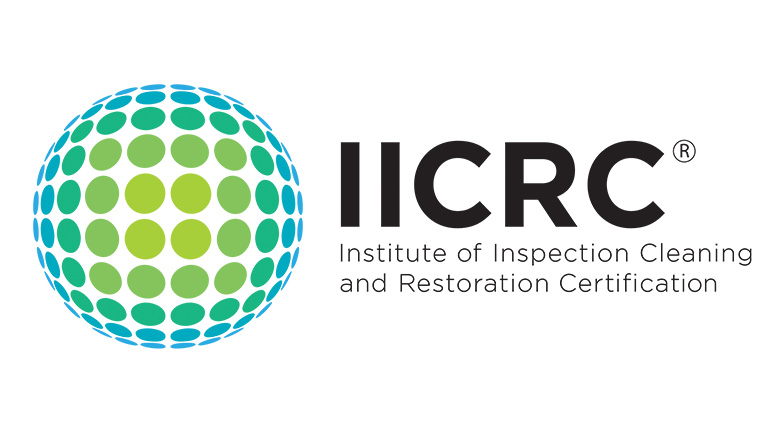Chemical Safety: Disinfectants
Disinfectant chemicals are almost always supplied in concentrated form. If they are RTU (Ready to Use) they will state NOT to dilute but use as is. Concentrated disinfectants must be correctly diluted with water to create a germ-killing solution with the proper strength based on required dwell/contact time. Note that most disinfectants will be packaged in a translucent bottle/jug to protect it from light. It can also have a limited shelf life once mixed with water so verify how long it can/should be used before disposal. Follow all dilution instructions carefully in order to ensure thorough disinfection, to avoid the creation of safety hazards, and to keep from damaging surfaces. Finally, all products claiming to be “disinfectants” should have an EPA Registration Number that means it has met government standards for disinfecting properties.
Never try to make a cleaner/disinfectant yourself by mixing different chemicals. It is far safer and much more effective to use products specifically developed by a manufacturer. Workers who try to mix products should be written up and re-trained since this can be a serious safely violation if the wrong products are combined.
Many disinfectants have no cleaning properties and can lose their efficacy when encountering soils such as grease and dirt. They must have a “detergency” to remove the soils before they can be effective. To remove dirt and kill germs, you can use either a one-step or a two-step process:
- The one-step process involves a single cleaning/disinfectant solution. Such a product performs both actions at once, and neither the disinfectant chemical nor the cleaning agent interferes with the action of the other. Read label carefully regarding need to rinse and dry certain surfaces.
- The two-step process begins with removal of surface soil with some type of cleaning agent (most commonly a detergent). This is followed by immediately applying a separate disinfectant that kills germs left on the surface.
Some disinfectants kill only a limited spectrum of germs. Most disinfectants, those said to have a “broad range of kill,” work against a variety of pathogens when used correctly. Others kill germs and bacteria well but may damage surfaces or possibly can harm people. Each type of disinfectant has advantages and disadvantages so consult with your vendor to determine what works for your particular needs. Disinfectants are designed to kill certain microorganisms on a surface, so there is a debate about how ‘green’ a disinfectant can be. With the rise of sodium peroxide and hydrogen peroxide disinfectants, there are “greener” alternatives than the traditional quat or phenol-based disinfectants, but they all pose a health risk to custodial technicians and building occupants if used improperly. It is important to identify the most effective and safest product since we not only want to kill dangerous pathogens but also protect workers and others from any hazardous side effects. Using a disinfectant incorrectly can put everyone at risk if the pathogens are not destroyed or human beings are exposed to hazardous chemicals.
